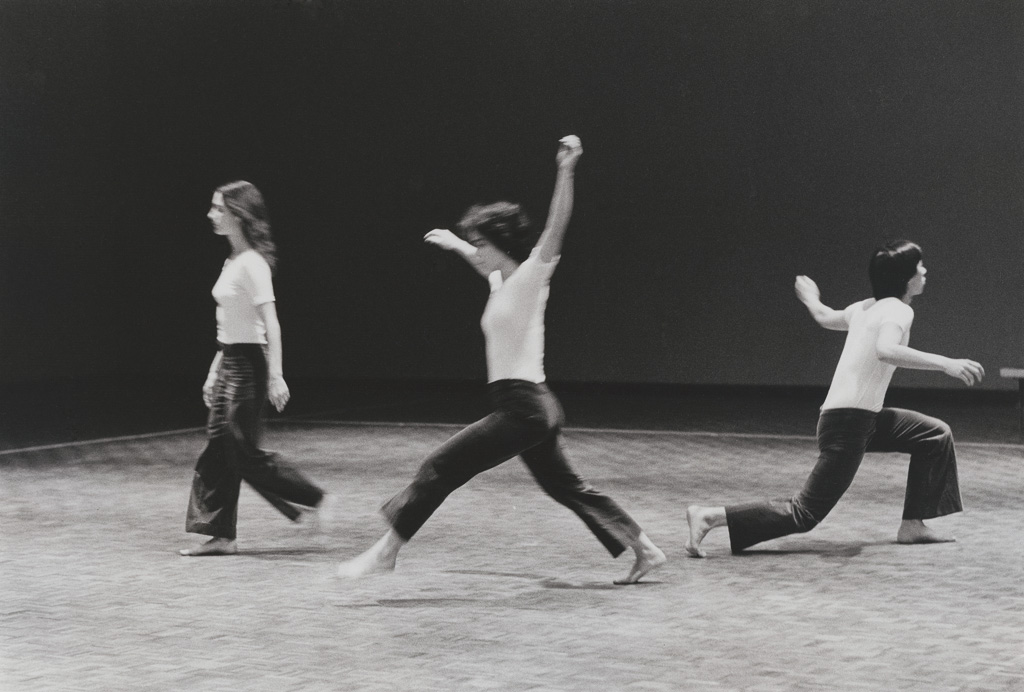In 2013 American choreographer Lucinda Childs celebrated her fiftieth year of making dances and directing operas. More than half of that time—from 1981 onward—she lived and worked in Europe, where her work has been presented widely and honored with major accolades.1 In the United States her absence has come with a cost. Several generations of American dance audiences, including artists and critics, have limited knowledge of her artistic development, and her work has been all but absent from discussions of postmodernist American choreography.
Childs is historically cited for two particular works in her career: the extended dance sequences (and original solo performance role) in the opera Einstein on the Beach (which premiered in Avignon, France, in 1976), and the choreography for Dance (1979). Both of these were collaborations. The four-and-half hour Einstein she realized with theater director Robert Wilson and composer Philip Glass, and the evening-length Dance with Glass and visual artist Sol LeWitt. Recent revivals of these works—Dance in 2009 and Einstein in 2012—introduced Childs to many for the first time while reminding others of just what they had been missing all these years. Music critic Alex Ross, writing in The New Yorker, noted that for him it was during the first of the “Field Dances” in Einstein when “the bliss kicked in. It was a feeling of abstract intellectual delight, a pure interplay of musical and physical motion.”2 Ross’ reaction echoes that of another delighted critic, Alan M. Kriegsman, writing about Dance more than three decades ago. Dance was “a genuine breakthrough,” he claimed, “defining for us new modes of perception and feeling and clearly belonging as much to the future as to the present.”3







